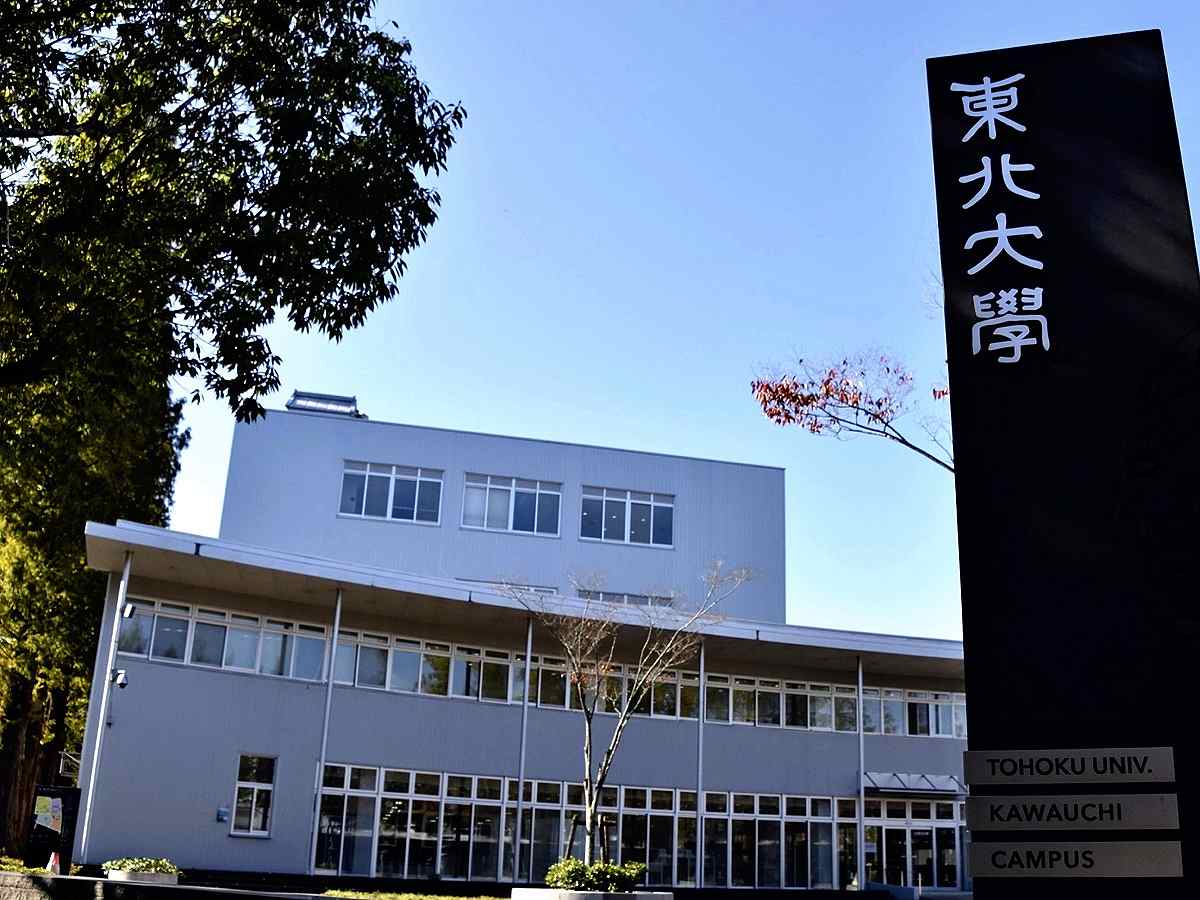Japan Plans Development Base For New Nuclear Fuel Rods; New Cladding Material Aims To Reduce Accident Risk

Tohoku University
13:00 JST, December 22, 2024
The government will establish a new research base to develop a new type of nuclear fuel rod at Tohoku University in Sendai as early as March next year, according to sources familiar with the plan.
The new-type nuclear fuel rods can contribute to improving the safety of nuclear power plants, and the government plans to introduce them in existing nuclear power plants.
The government places importance on domestic production of nuclear fuel rods from the perspective of national energy security.
The new-type nuclear fuel rods are called accident tolerant fuel (ATF) rods. Compared with conventional nuclear fuel rods, ATF rods have higher resistance to heat, and thus the new type is expected to prevent or minimize severe accidents in nuclear power plants, such as hydrogen explosions and meltdowns.
The United States, China, Russia, South Korea and some other countries are competing to develop ATF rods.
A hurdle for Japan is that it lacks a test reactor for demonstrating the safety and durability of ATF rods. Japan therefore must rely on test reactors in the United States for carrying out technological experiments for that purpose.
The Japan Atomic Energy Agency (JAEA) has conducted technological tests with test reactors of U.S. institutes, such as the Idaho National Laboratory. But in matters such as test reactor time schedules, the needs of the U.S. side are given priority, which limits availability for the Japanese side and affects its plans.
Therefore, the Agency for Natural Resources and Energy assigned the JAEA to establish a new research base over a three-year period by the end of fiscal 2024, at a cost of about ¥110 million.
It was decided to establish the research base within Tohoku University’s Research Center for Accelerator and Radioisotope Science. With the new base, the government aims to enable Japan to conduct technological tests with test reactors in Japan as well as in the United States.
The JAEA will build equipment to reproduce the high-temperature and high-pressure conditions inside nuclear reactors at the university’s center.
The testing equipment will expose pieces of the cladding material used for a fuel rod to radiation to check how the material will deteriorate and become eroded.
The government expects to obtain the first data from the technological tests by the end of fiscal 2025.
When the new research base begins operating, it is possible that it will be able to obtain test data within several months, while it takes three to four years to do so with test reactors in the United States.
The government also aims to continue technological tests in the United States in parallel with tests in Japan.
Under the government’s current plan, introduction of the new type of nuclear fuel rods in nuclear power plants will begin in 2035 or later, but the government is eyeing doing so earlier.
Yasutaka Soma, assistant principal researcher of the development team, said, “By efficiently utilizing the research base, we want to build a framework for autonomously advancing the development of ATFs.”
In the accident at the Fukushima No. 1 nuclear power plant following the Great East Japan Earthquake in 2011, cladding tubes containing uranium fuel caused chemical reactions with water vapor that generated huge volumes of hydrogen gas. As a result, hydrogen explosions occurred in the nuclear plant.
Based on that lesson, research and development projects to deter such hydrogen explosions started worldwide.
As for new materials to make cladding tubes, Japanese researchers are investigating two options. One is to coat the currently used zirconium alloy with chrome. The other is switching to stainless steel or ceramics instead of the zirconium alloy.
"Science & Nature" POPULAR ARTICLE
-

Genome Study Reveals Milestone in History of Cat Domestication
-

Big Leap in Quest to Get to Bottom of Climate Ice Mystery
-

Japan Set to Participate in EU’s R&D Framework, Aims to Boost Cooperation in Tech, Energy
-

Paws on Parade: Nairobi’s Dogs Dazzle at ‘Pawchella’
-

Japan’s H3 Rocket Failed in Latest Launch, Says Official
JN ACCESS RANKING
-

Tokyo Economic Security Forum to Hold Inaugural Meeting Amid Tense Global Environment
-

Keidanren Chairman Yoshinobu Tsutsui Visits Kashiwazaki-Kariwa Nuclear Power Plant; Inspects New Emergency Safety System
-

Imports of Rare Earths from China Facing Delays, May Be Caused by Deterioration of Japan-China Relations
-

University of Tokyo Professor Discusses Japanese Economic Security in Interview Ahead of Forum
-

Japan Pulls out of Vietnam Nuclear Project, Complicating Hanoi’s Power Plans






















